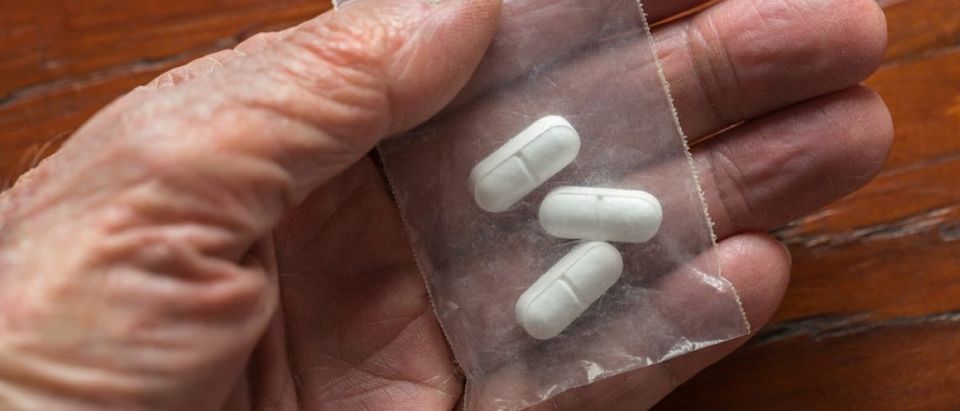Doctors are reducing prescriptions for painkillers in response to rising opioid deaths, but barriers to access may be pushing dependent users into abusing illicit opioids and heroin.
A new study from Athenahealth, a cloud-based health care services group, reveals doctors are cutting down on prescribing opioids to patients in an effort to curb dependence and abuse. The data shows declines beginning in 2014, particularly among orthopedic surgeons and primary care physicians. Despite the more stringent prescribing guidelines, opioid addiction among patients is increasing, reports Health Data Management, a news source for health and tech professionals.
Researchers at Athenahealth fear a lack of drug dependence treatment is leaving patients to fight addiction alone, which can lead to synthetic opioid and heroin use. While prescriptions for opioids are declining, scripts for buprenorphine, a drug that reduces withdrawal symptoms, are essentially stagnant.
“If you’re a doctor and you’re reducing the frequency with which you give patients opioids, some of those patients might be dependent,” Josh Gray, vice president of AthenaResearch, told Health Data Management. “It’s not that hard to procure opioids illegally. So, patients who are dependent that can’t get medication to treat their dependence then go to other sources that aren’t medically supervised, which is incredibly dangerous.”
Researchers found a similar response when Purdue Pharma, makers of the painkiller OxyContin, reformulated the pill to reduce the possibility for abuse in 2010.
In the absence of abusable Oxycontin, former users turned to heroin in large numbers to attain the same high. Researchers from RAND Corporation and the Wharton School concluded abuse-deterrent OxyContin is directly responsible for “as much as 80% of the three-fold increase in heroin mortality since 2010.”
The reformulation succeeded in its intended purpose of reducing overall abuse of OxyContin, but it came with disastrous unintended consequences. There are 3.1 more heroin deaths per 100,000 people for every percentage decrease in OxyContin abuse.
Heroin deaths contributed to the first drop in U.S. life expectancy since 1993 and eclipsed deaths from motor vehicle accidents in 2015. The substance accounts for roughly 63 percent of drug fatalities, which claimed 52,404 lives in the U.S. in 2015, according to the Centers for Disease Control and Prevention.
All content created by the Daily Caller News Foundation, an independent and nonpartisan newswire service, is available without charge to any legitimate news publisher that can provide a large audience. All republished articles must include our logo, our reporter’s byline and their DCNF affiliation. For any questions about our guidelines or partnering with us, please contact licensing@dailycallernewsfoundation.org.


